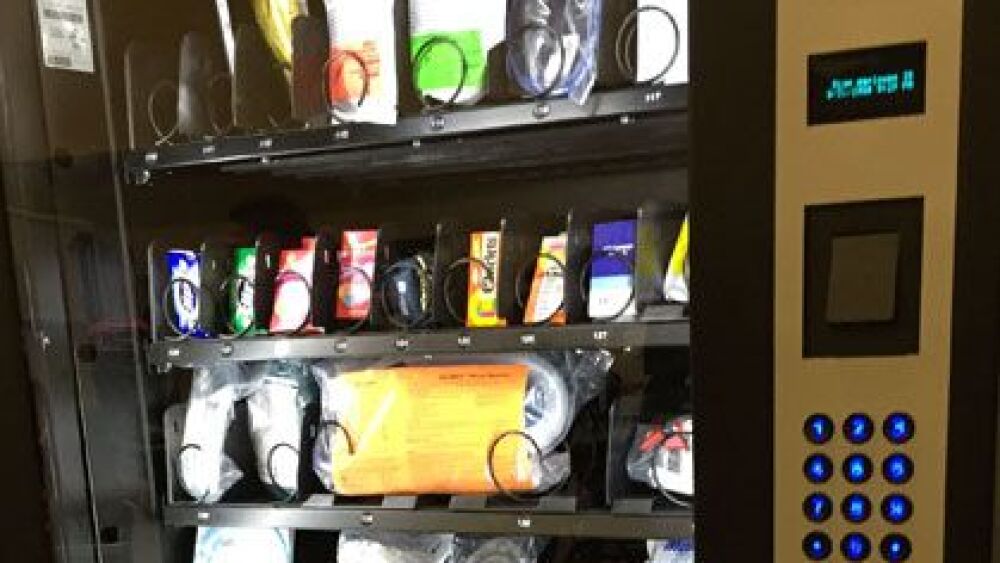Today’s complex EMS environment requires administrators to constantly juggle issue like tightening budgets, drug shortages, strict regulations and a highly engaged and connected staff — all while operating in a litigious society. Using yesterday’s approach to inventory management and supply and logistics is no longer an acceptable practice.
Having a reliable, effective and efficient inventory management system can help an organization reduce costs, limit waste, improve employee relations and limit liability. It can also positively impact patient care by having the right supplies and drugs available when needed.
Here’s a look at some of the best-practice processes and systems that an EMS manager can readily use to help keep the proverbial inventory management system tail from wagging the EMS manager’s dog.
Reducing costs
Cost reduction in inventory management comes down to four simple variables:
- How much carrying stock or inventory an organization must have in order to meet product demand, as well as replenishment demand.
- How products are managed in order to limit loss.
- The recycling of unused supplies (an electrode pack that has six leads in it but you only used three).
- Bulk purchasing power.
Some of the keys associated with navigating the first two variables come down to standardization of inventory within the ambulance, the jump bags and the warehouse itself, as well as leveraging lean systems designed for restocking.
We all know the medic that thinks the 747 is going to plow into a Wal-Mart on his shift, and therefore overstocks the unit to the hilt. Well this costs money, especially if high-dollar, low-use, short-shelf life items are hoarded.
Having a good system and process in place — like using speed loaders or snap packs in a sealed cabinet system for centrally deployed EMS services to resupply units from — are a good start. This way, if properly managed, every unit should have the identical number of items every time.
Especially for station-based EMS services, using automated inventory management distribution systems such as UCapIt dispensers or Pyxis systems (machines that control and track inventory), can have a dramatic impact on reducing loss and waste, improving accountability, and limiting supply hoarding — essentially reducing costs to the point where the systems may ultimately pay for themselves.
Understanding supply demands and warehouse par levels for each of your stations is another factor in reducing carrying stock
Reducing costs means reducing what you have on hand, as well as controlling what is lost due to expiration, thrown out due to misuse, or lost due to theft (or should I say personal EMS bag restocking). To do this, knowing your true usage and the impact that your current restocking processes have on your inventory needs is important.
For example, if you only restock a station once a month, you may need a much higher par level than if it is restocked multiple times a week. Also, infrequent restock processes can heighten expired inventory occurrences, since stock would not be rotated out from lower-use to higher-use stations.
Appreciating how much inventory is on hand, where it is, and when it expires is another step necessary for cost reductions, and will also help with operations, given recent drug shortage issues.
For a smaller service, using spreadsheets or home-grown databases are useful, but using electronic inventory management systems such as Operative IQ (formerly AmbuTrak), can help EMS agencies get control of their inventory down to every Band-Aid aid in every station and unit (if you so desire). With this level of detail, you can easily track usage, par levels, expiration dates and more with the ultimate intent of reducing stock on hand, which can lower your costs.
For drug shortage issues, knowing where you stock is, appreciating its consumption and knowing its expiration are all important factors to be able to apply mitigation strategies — like taking limited-stock items out of ambulances and placing them with supervisors in order to directly match supply with demand.
It is important to note that as you continue to lower your inventory levels, you are shifting to a concept known as “just in time” ordering, where you rely on your vendor to bare the costs of carrying inventory.
While this has positive economic effects, it can also cause problems if the supply chain gets disrupted, like if bad weather or other natural disasters ground UPS or FedEx deliveries. It can lead to supply shortages or stock outs; so always plan a buffer or have a backup plan for this.
Recycling and buying in bulk
The other two variables related to cost reduction include recycling and bulk purchasing power. Recycling prepackaged, unused medical supplies can help lower costs and reduce waste. Unused items in IV start kits, EKG electrode packs and more can be recycled to make new packs, and then be redistributed to see another day.
With bulk purchasing strategies, your goal is to maximize the products purchased through a small number of suppliers, therefore giving you bargaining power with the vendor to get better prices, or even an electronic inventory-management system for free. Group-purchasing organizations can also help secure lower costs, especially on big-ticket items like monitors.
Improving employee relations
Worker well-being and morale benefits when you have inventory when it is needed, and where it is needed. I have unfortunately worked for EMS services in the past that either could not afford supplies or had poorly designed practices so a stock-out occurs.
Being left high and dry without supplies (and more importantly leaving the patient without) really upset me. Having well-engineered systems and processes help to improve stock reliability and consistency, makes for happier providers.
Liability and patient care
If the standard of care is to use a device, supply or medication to treat a patient, and it is not available due to poor inventory management practices, does a liability exist? Operating like this leaves you wide open for lawyers to have a hay day with you in court. 
Last, but not least, having good inventory management systems can improve patient care.
How?
Because a well-designed system results in greater reliability and accountability, which reduces variability. Variability in the process is at the root of many evils (or errors) that often get blamed on staff, but are really side effects of process-related problems.
Getting your arms around this particular EMS challenge can be formidable, but well worth it to all your constituencies in the end. Use this information to lower costs, reduce liability and improve employee satisfaction and patient care













